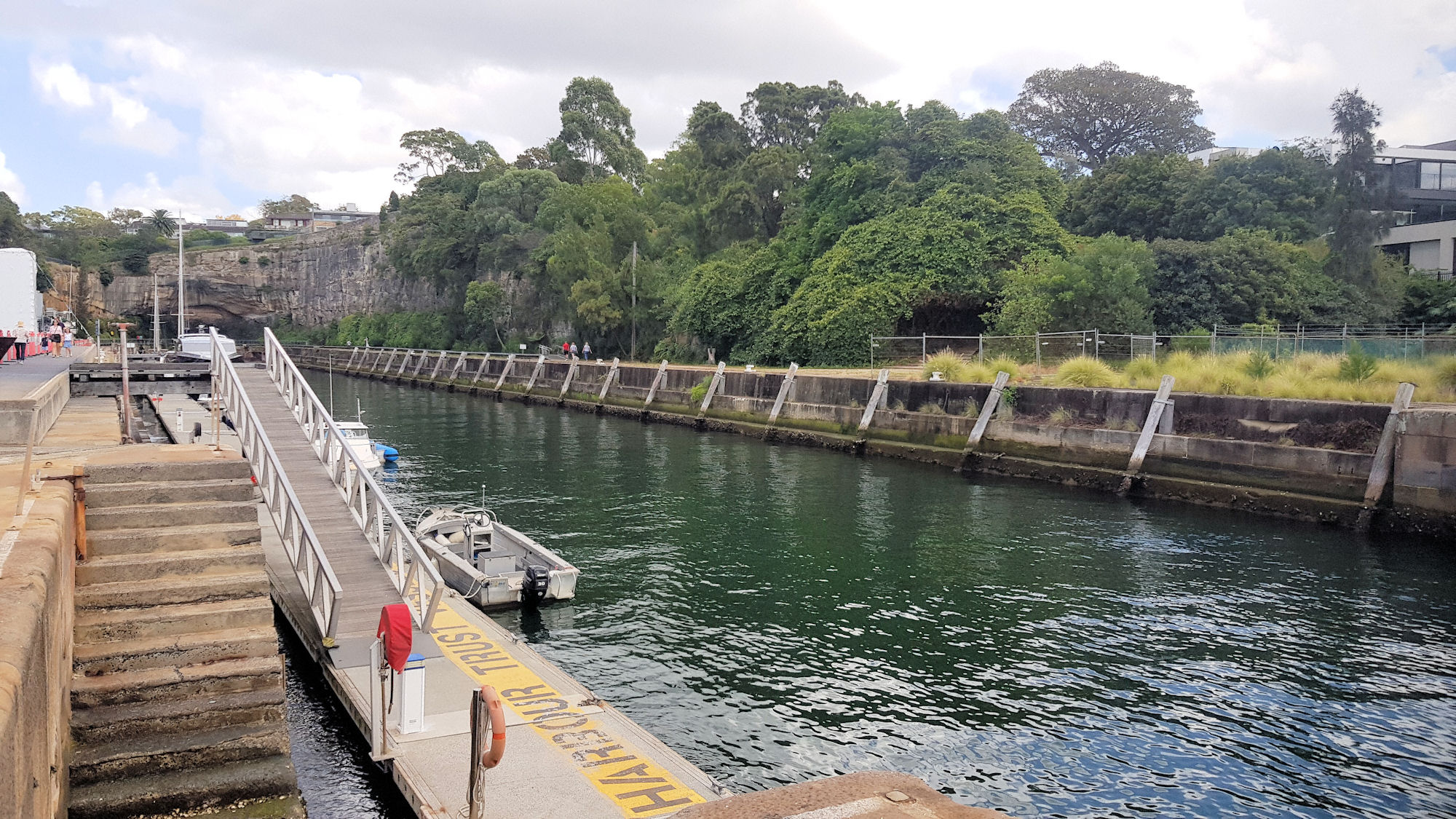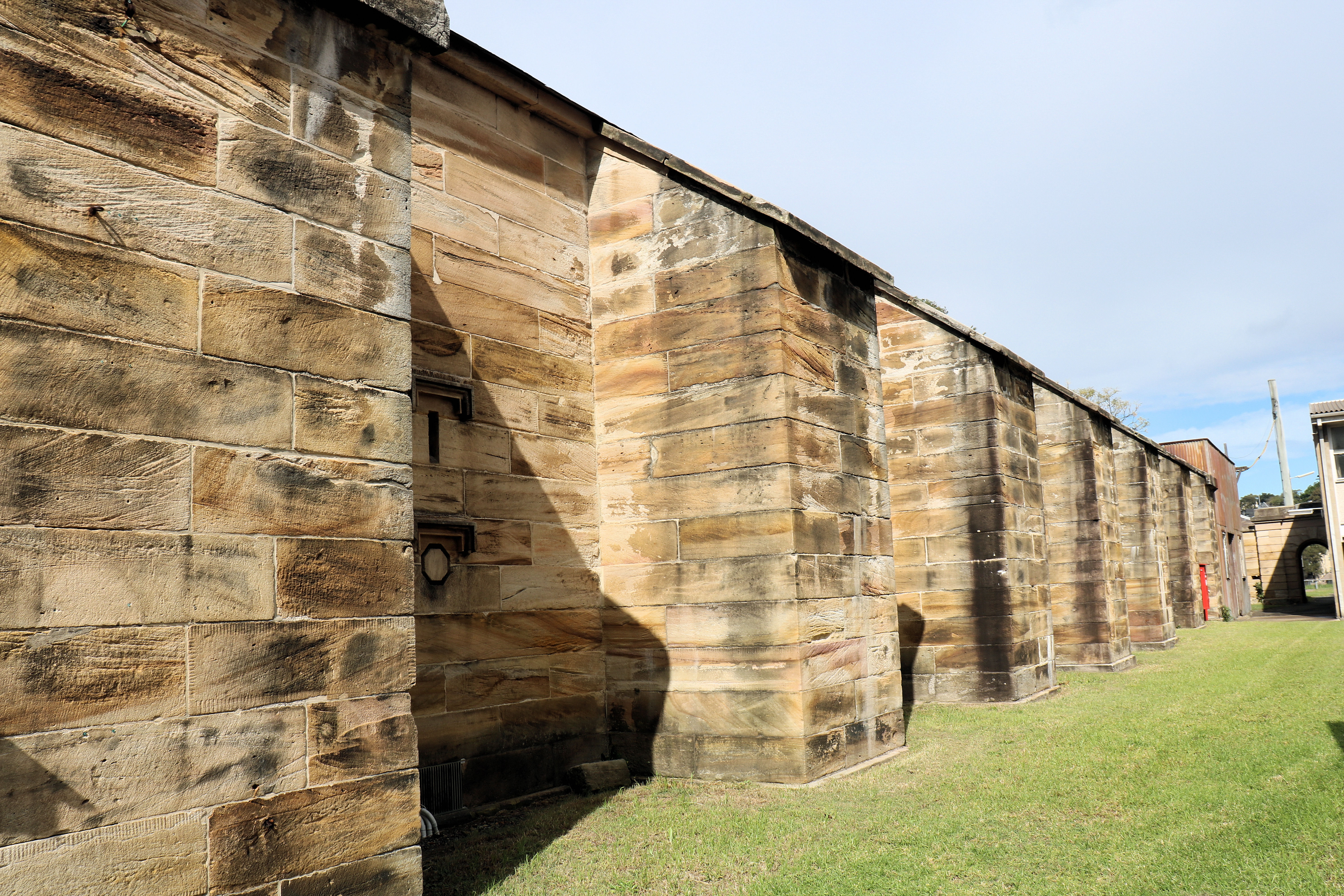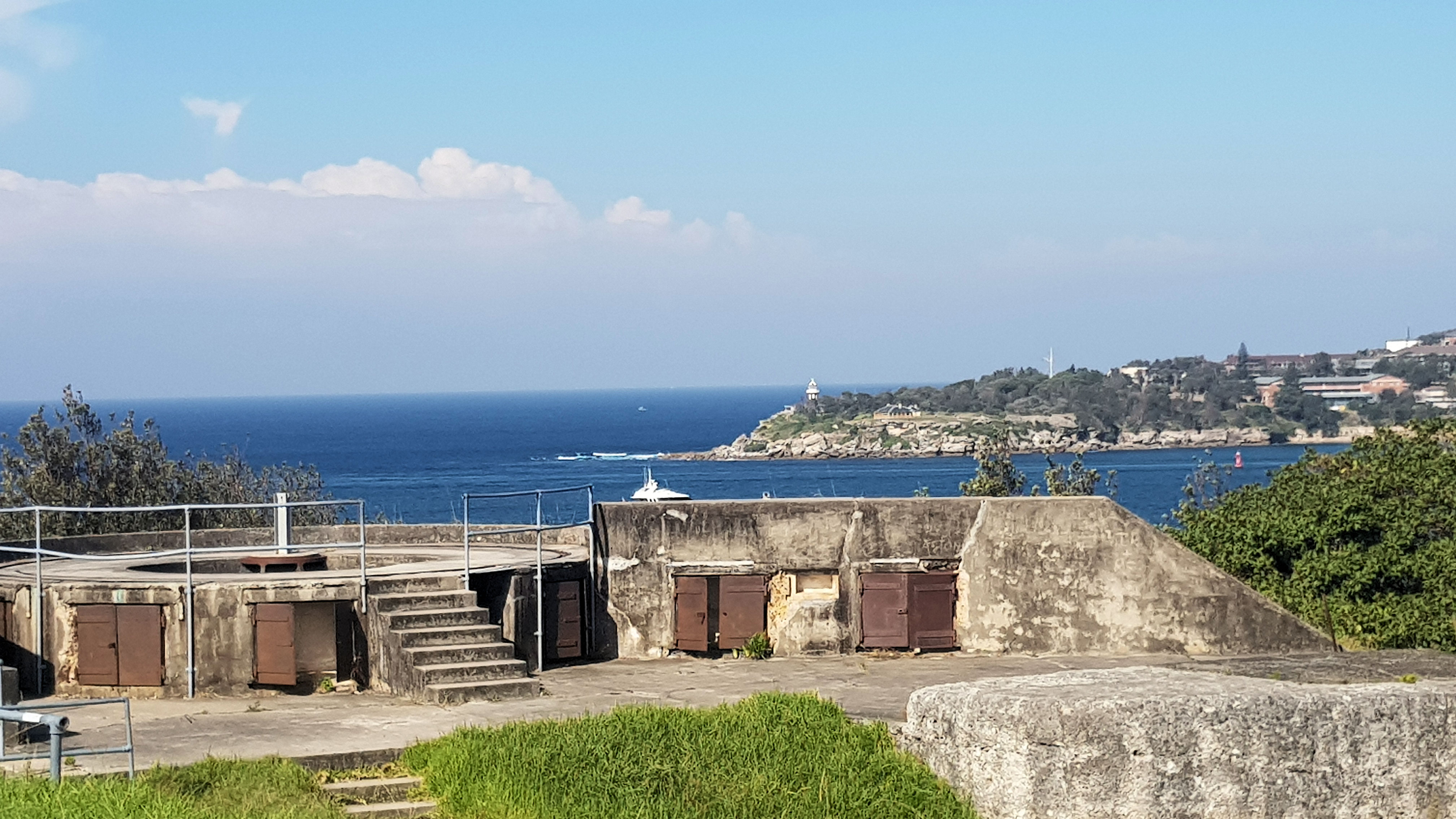Tag: Sydney Harbour
-
Woolwich Dock on Sydney Harbour

Woolwich Dock Originally the largest dry dock in Australia when completed in 1910, Woolwich Dock is now a reminder of the past. Owned by the Sydney Harbour Federation Trust, the dock is well maintained and access is free. Getting There Only a ten-minute walk from Woolwich Wharf, Woolwich Dock was once a bustling shipyard, but… Read more
-
Goat Island Sydney Harbour

Getting to Goat Island Goat Island in Sydney Harbour is administered by National Parks and Wildlife and tours are organised and conducted by Rangers. We met our guide at Circular Quay wharf 6 where we boarded the ferry for a quick trip to the island. Access to the island is prohibited unless you are on… Read more
-
Middle Head Sydney Harbour

Middle Head Middle Head on Sydney Harbour houses the remains of Sydney’s original fortifications. Designed to repel an invasion from the sea, these huge concrete structures no longer have their guns, but remain as a reminder of times when Australia thought it was going to be invaded. The Royal Australian Navy still has a presence… Read more